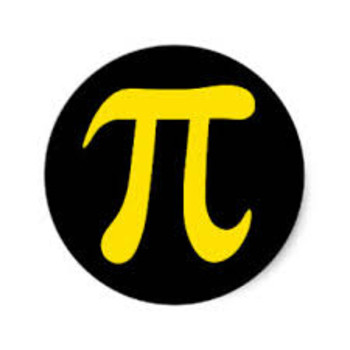How do you convert 9.12 (2 repeating) to a fraction?
2 Answers
Explanation:
Multiply by
The first factor
#(100-10)9.1bar(2) = 912.bar(2) - 91.bar(2) = 821#
So:
#9.1bar(2) = 821/(100-10) = 821/90#
This simplifies no further since
Explanation:
In addition to George C's explanation, here is a simple rule to use.
If ALL the decimal digits recur, write a fraction as follows:
If only SOME of the decimal digits recur:
=


